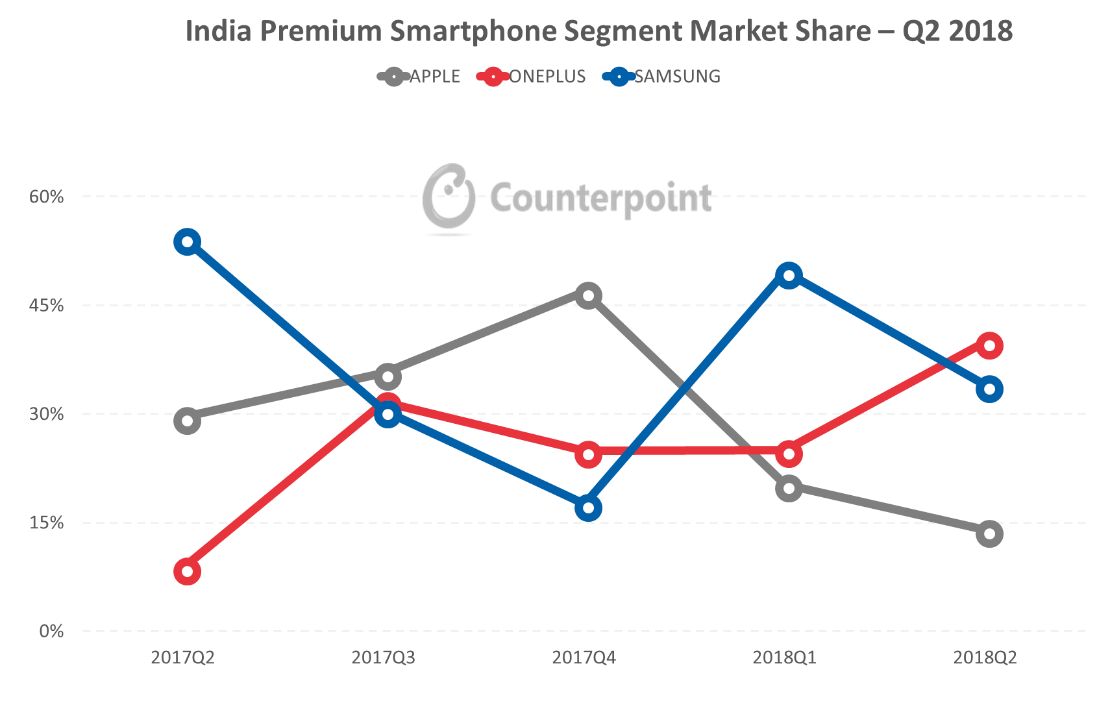Samsung is currently in the endgame as far as the launch of the Galaxy Note 9 is concerned. Following months of (not-so-many) rumors and leaks, Samsung started teasing Galaxy Note 9 features with a handful of short videos. There’s one for the bigger battery, another for more storage, and one for better performance as well. And the teaser video for better performance couldn’t be more unclear about what it’s actually hinting at. Is it general software optimization, or perhaps the fact that the top-end Galaxy Note 9 will have up to 8GB of RAM?
Galaxy Note 9 may have it all… except for 8GB of RAM
Actually, going by the teaser video, one would think Samsung is advertising faster data speeds. Why else would you turn off automatic updates, disable background data usage, and switch to Wi-Fi if your phone is unable to open a PDF file? Those are clear indications that faster data speeds may be a part of the marketing push. After all, the Galaxy S9 already trumps the iPhone X in LTE speeds, so it wouldn’t be wrong to advertise the Galaxy Note 9 on that front. Even if that isn’t the case, it seems unlikely that a Note 9 with 8GB of RAM exists.
The first piece of evidence (or the lack of thereof) is that we haven’t yet seen a Galaxy Note 9 benchmark with 8 gigs of RAM. Neither have there been any solid rumors that would confirm an 8GB RAM model. Not to mention that bringing 8GB of RAM just a year after 6GB of RAM was introduced on the Note 8 would make little sense. Samsung needs to make sure the Galaxy Note 9 has plenty to offer for those looking to upgrade to a new phone, but it also needs to hold something back for next year. And 8GB of RAM will ultimately look better as a highlight feature on the tenth-anniversary Galaxy S flagship.
If you have been hoping to see Samsung make the shift to 8GB of RAM with the Note 9, you’re likely to be disappointed. Should Samsung actually announce a Galaxy Note 9 with 8GB of RAM (with 512GB of internal storage, as the rumors say), no one is going to complain. But the company said in its earnings report today that the new Note “offers exceptional performance for a reasonable price.” And there probably isn’t going to be anything reasonable about the price of a Galaxy Note with 8GB of RAM.
What do you think?
The post Is there actually a Galaxy Note 9 with 8GB of RAM? appeared first on SamMobile.
from SamMobile https://ift.tt/2M5Kgsd
via IFTTT









